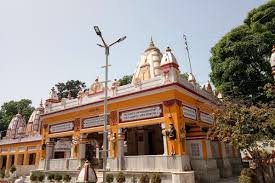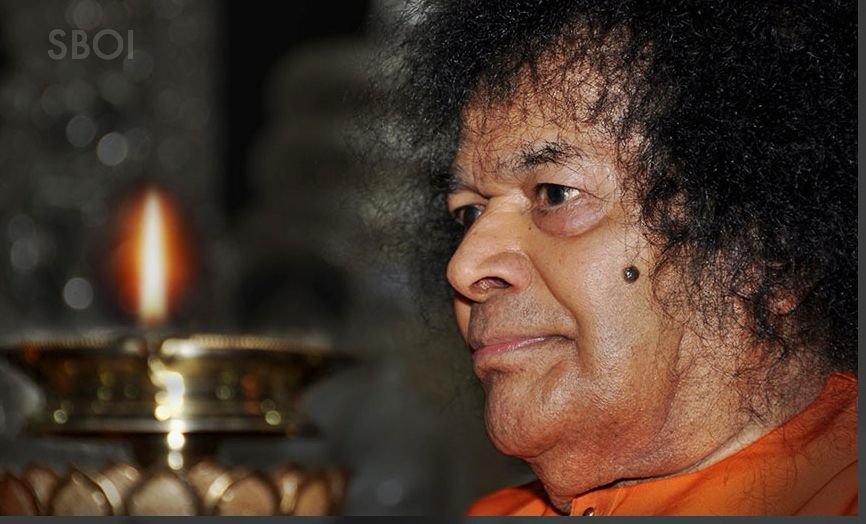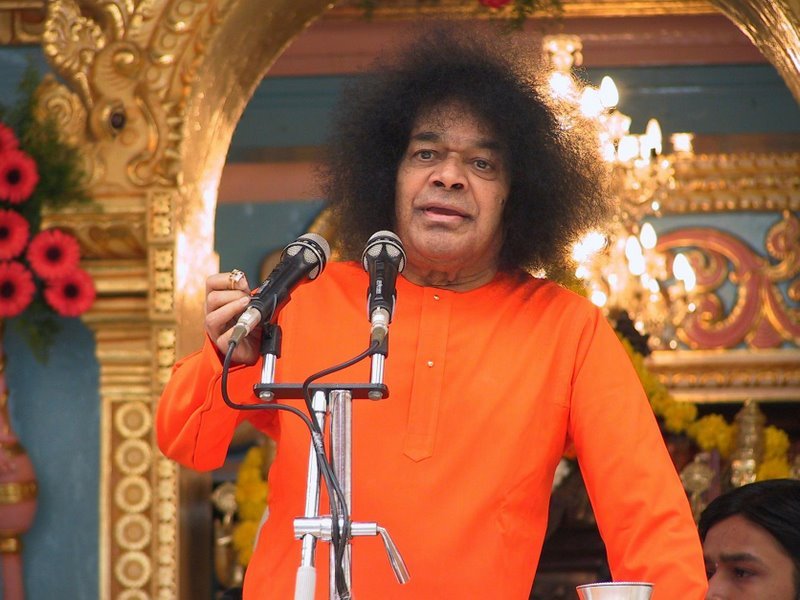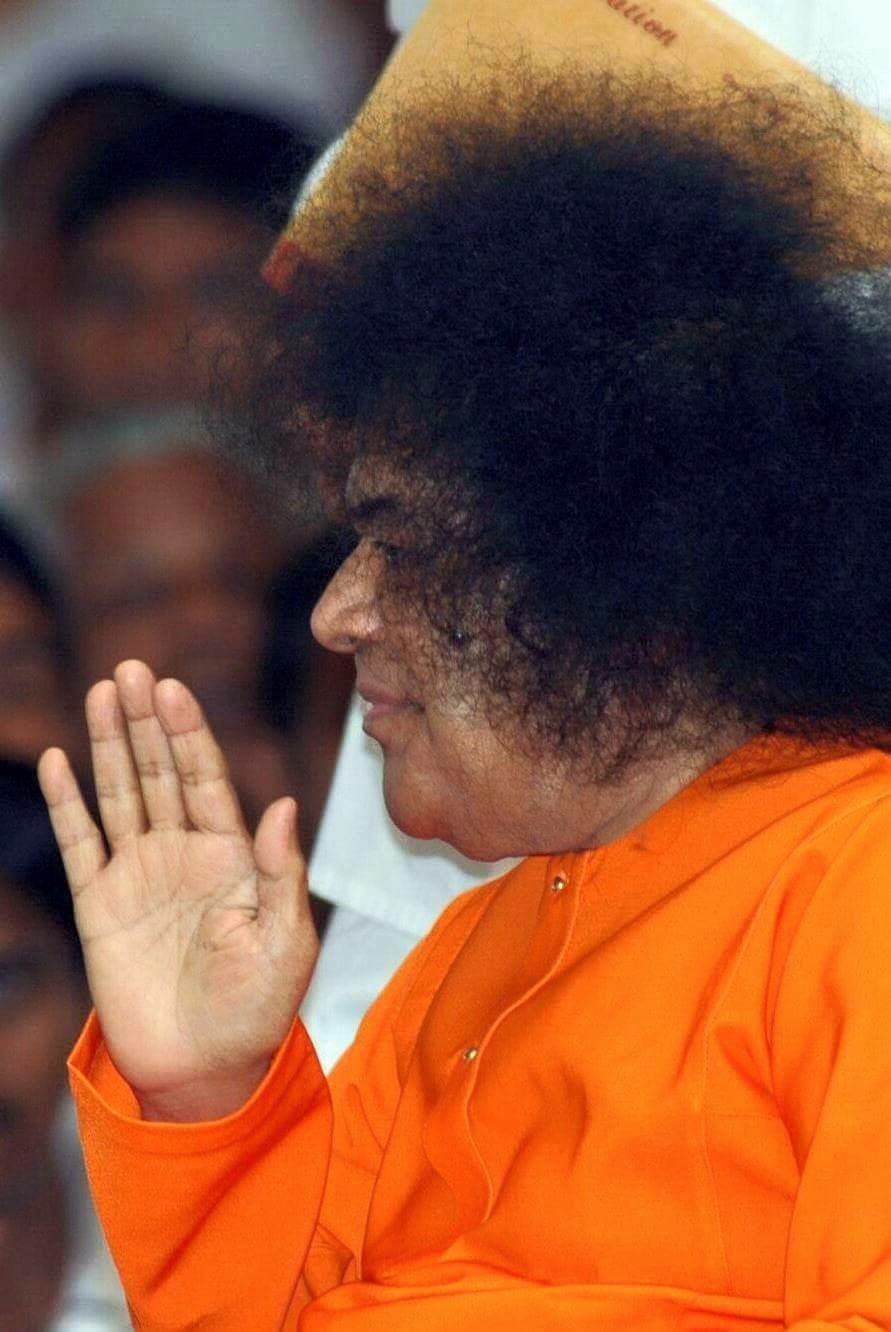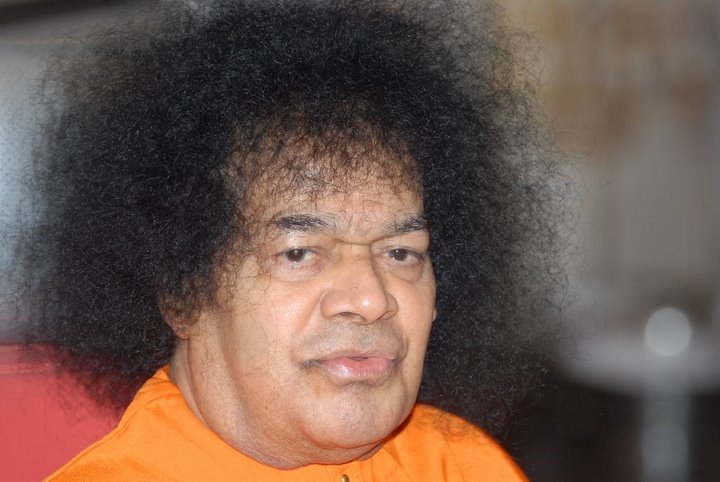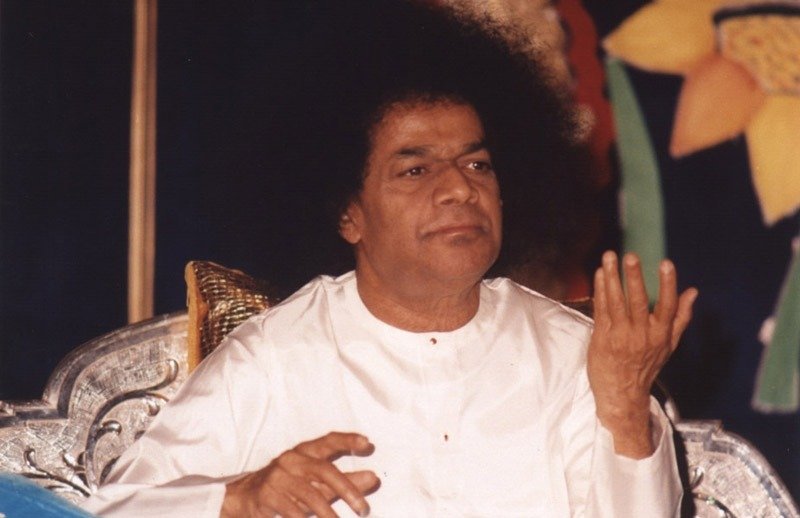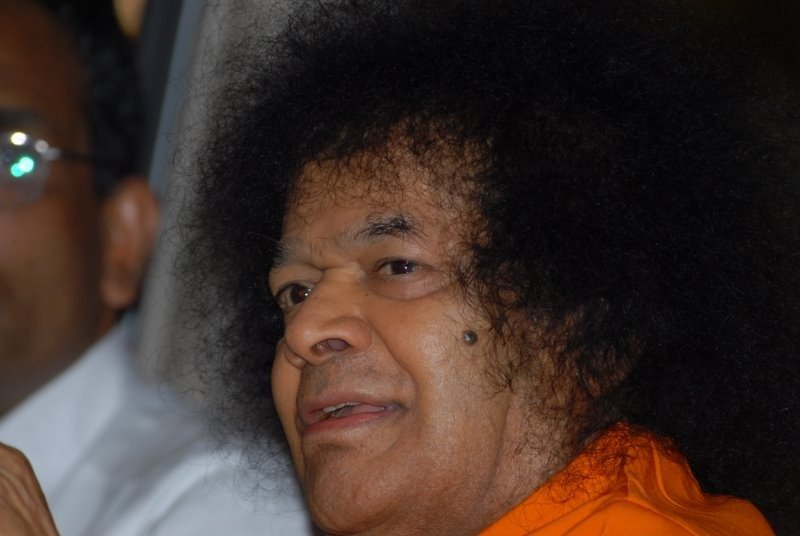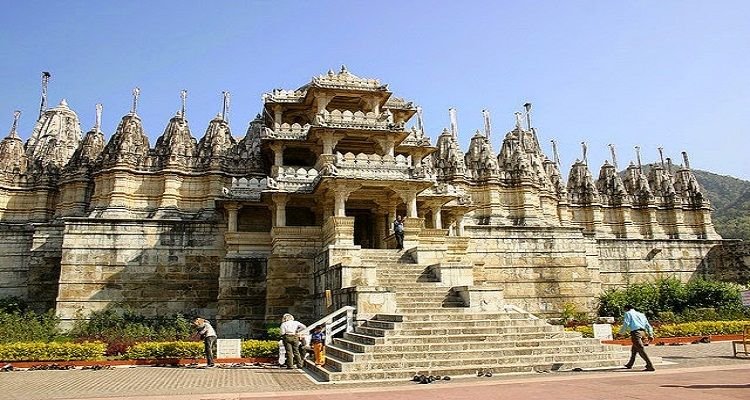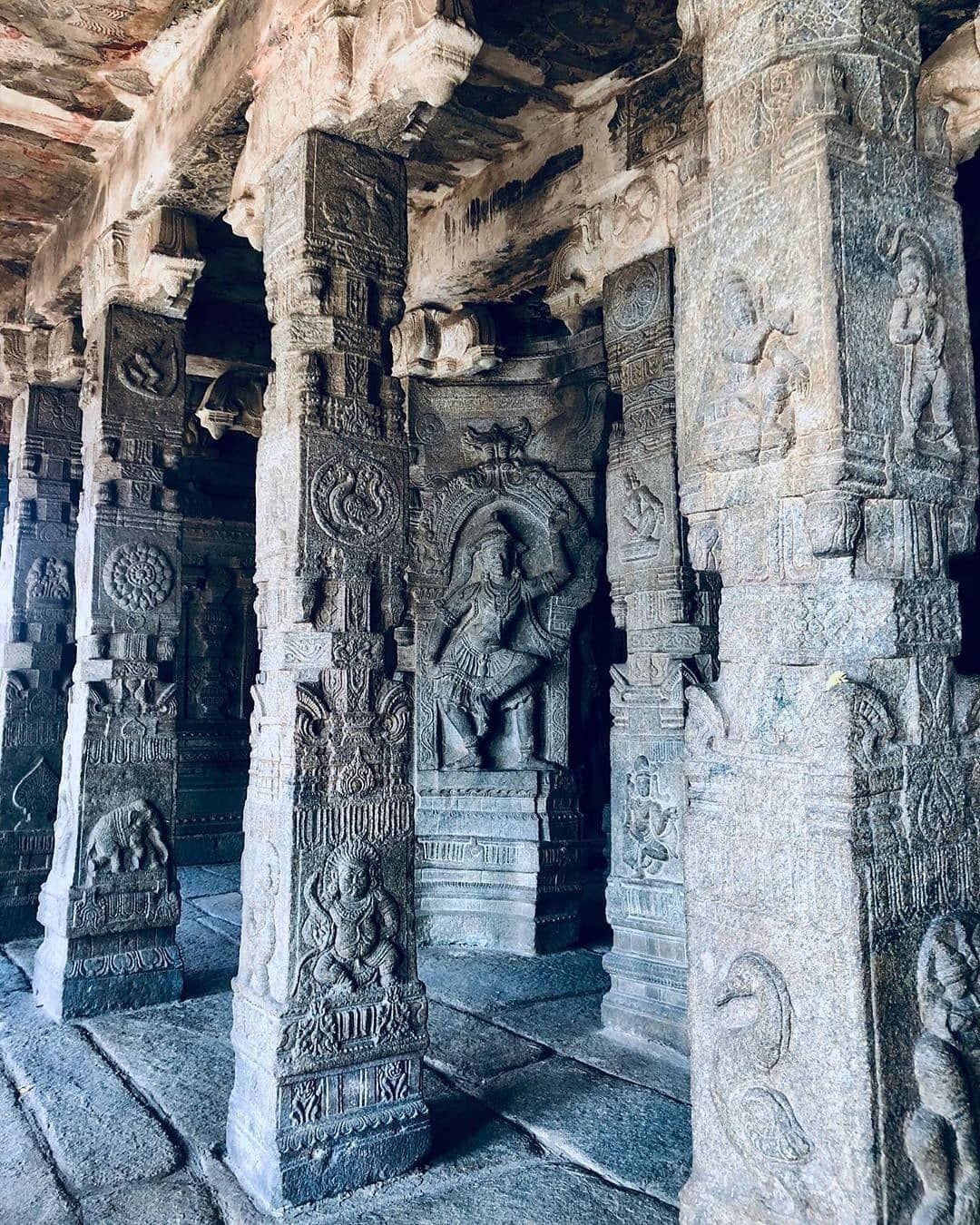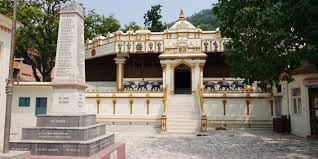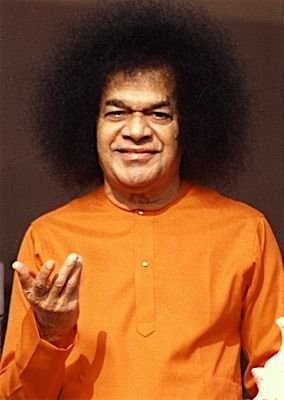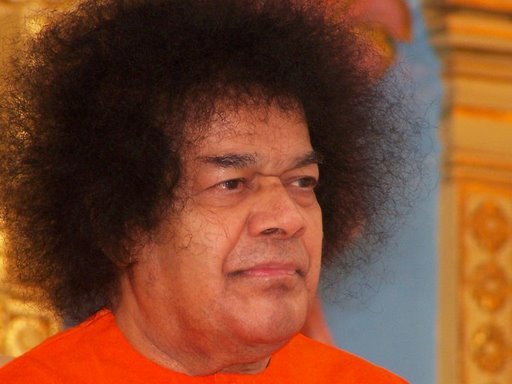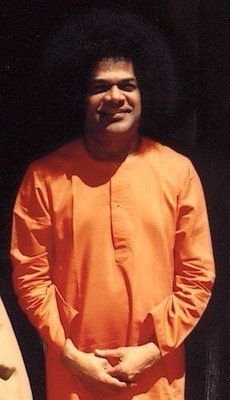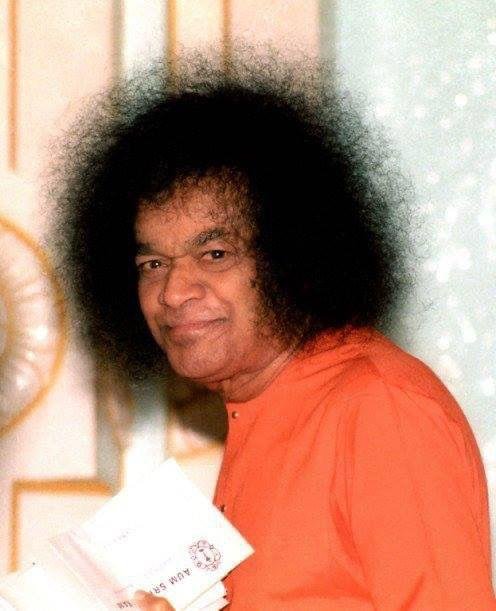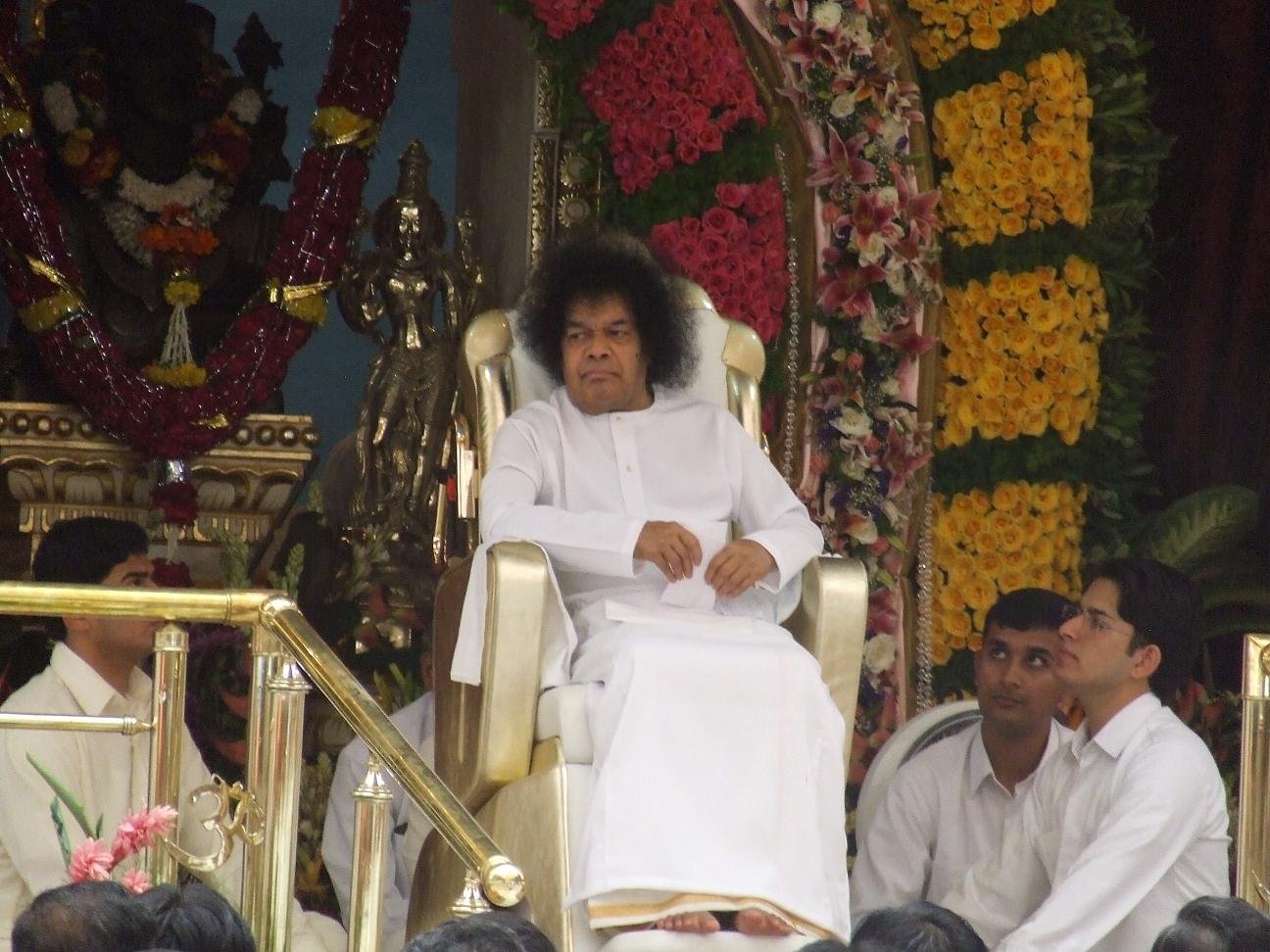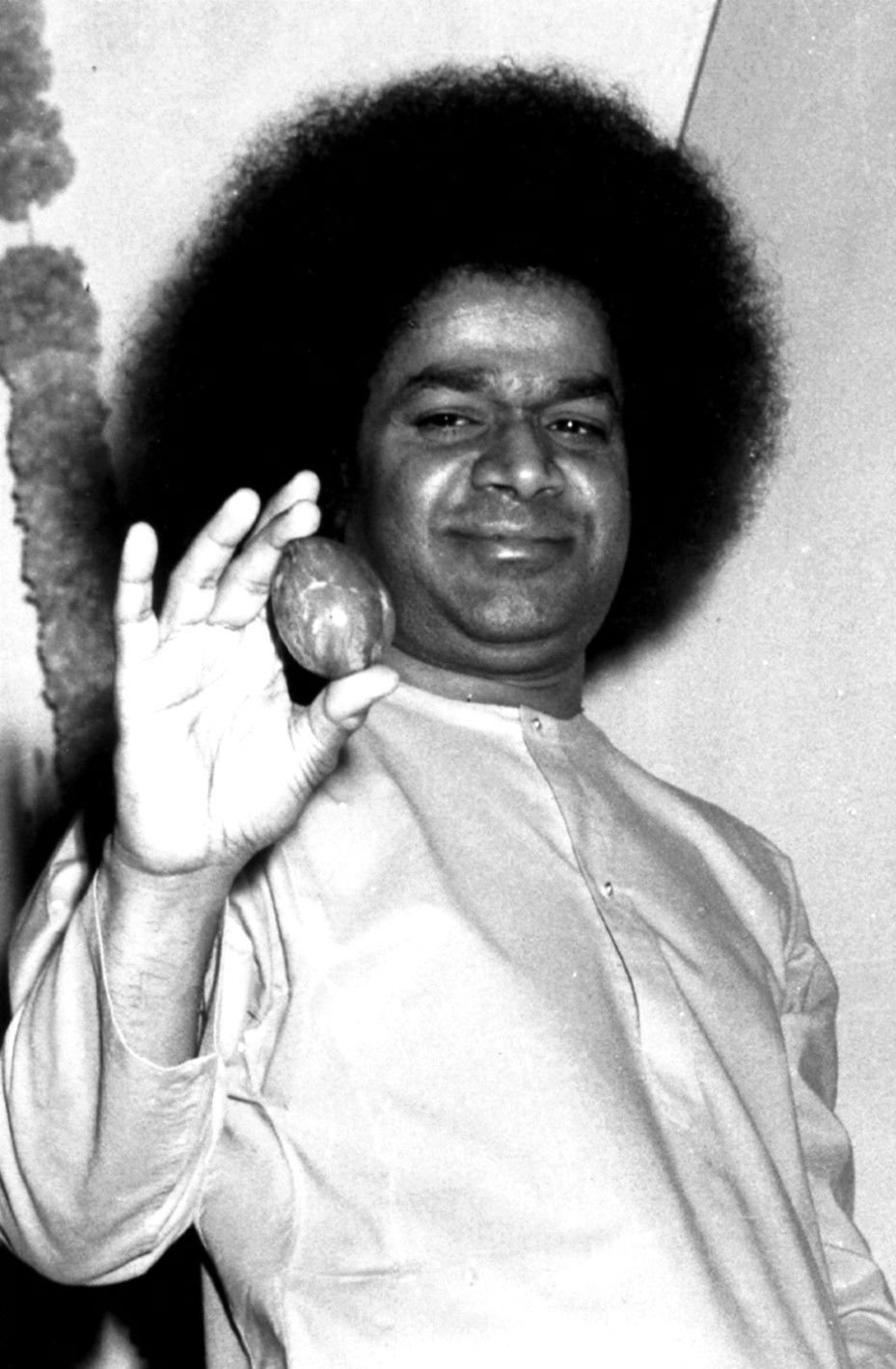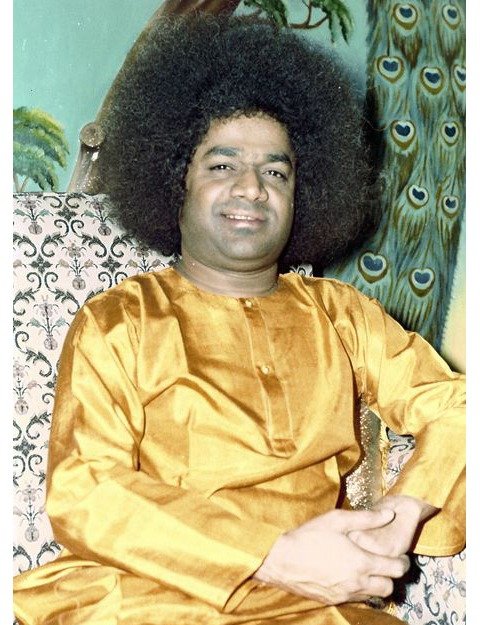
Where seven great sages meditated in peace, The holy Ganga flowed in seven divine streams.

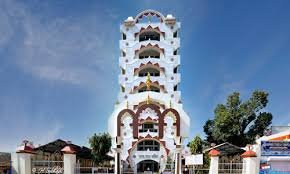

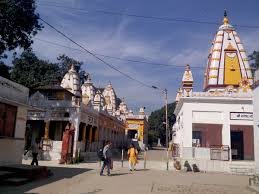


Architecture of the Temple
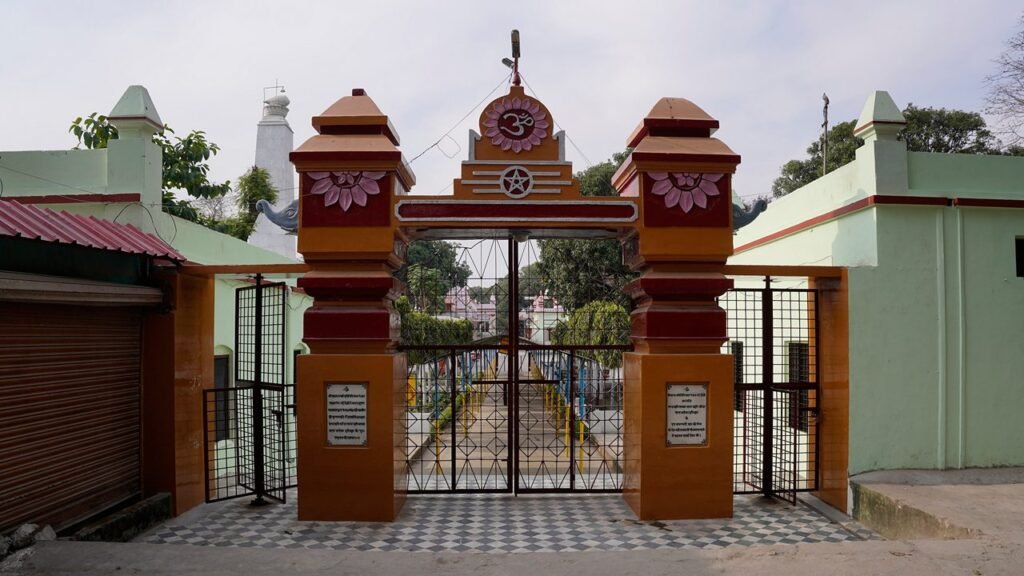
The Saptrishi Mandir showcases a blend of traditional North Indian temple architecture infused with serene simplicity that reflects its spiritual essence. The temple structure is built with finely carved stone and marble, adorned with intricate motifs, symbolic carvings, and sacred sculptures depicting the seven great sages in meditative postures. Each corner of the temple exudes tranquility, designed to evoke inner stillness and devotion among the visitors.
The sanctum sanctorum (garbhagriha) enshrines the idols of the Sapta Rishis, each positioned with reverence, radiating an aura of wisdom and divine power. The outer walls are embellished with mythological scenes and floral engravings, illustrating the legends of the River Ganga and the meditation of the sages. The temple’s shikhara (spire) rises gracefully towards the sky, symbolizing the soul’s ascent toward higher consciousness.
Surrounding the temple is the peaceful Sapt Sarovar, whose gentle waters enhance the sacred ambiance of the site. The serene pathways, lush greenery, and the sound of flowing Ganga create a perfect harmony between nature and divinity. The architecture of Saptrishi Mandir, though simple, embodies deep spiritual symbolism—inviting every devotee to step into a realm of purity, reflection, and eternal peace.
As one approaches the temple, the ornate gateway adorned with traditional carvings welcomes devotees into an atmosphere of peace and devotion. The main sanctum (garbhagriha) houses beautifully sculpted idols of the seven great sages — Kashyapa, Atri, Bharadwaja, Vishwamitra, Gautama, Jamadagni, and Vashistha — each depicted in deep meditation. Their lifelike expressions and posture convey serenity and spiritual strength. The soft glow of diyas, combined with the rhythmic chants and aroma of incense, enhances the divine ambiance of the sanctum.
The outer walls of the temple are intricately decorated with mythological carvings and motifs, illustrating stories from the Vedas and Puranas — particularly the legend of the River Ganga splitting into seven streams to honor the sages’ penance. The shikhara (spire) of the temple rises tall and elegant, symbolizing the human soul’s journey from the earthly plane toward divine realization. Its upward tapering structure, adorned with sacred kalash at the top, reflects both artistic mastery and spiritual symbolism.
Within the temple complex, small shrines dedicated to various deities of Hindu tradition add to the site’s sacredness. The gentle sound of flowing water from the Sapt Sarovar, along with the chants of priests and devotees, creates an environment that transcends time — inviting reflection, meditation, and devotion.
How to Reach to Temple
By Air:
The nearest airport to Haridwar is Jolly Grant Airport in Dehradun, approximately 35 km away. From the airport, travelers can hire taxis or take buses to reach the temple.
By Train:
Haridwar Railway Station is well connected to major cities like Delhi, Mumbai, Kolkata, and Jaipur. From the station, the temple is about 5–6 km, and local taxis, auto-rickshaws, or e-rickshaws are easily available.
By Road:
Haridwar is well connected by road. Regular buses and private taxis operate from Delhi (approx. 220 km), Dehradun (approx. 35 km), and Rishikesh (approx. 20 km). Travelers can hire cabs or drive directly to the temple.
Local Transport:
Within Haridwar, one can use auto-rickshaws, cycle rickshaws, or local buses to reach Saptrishi Mandir. Walking from nearby ghats is also an option for those who enjoy a peaceful stroll along the Ganga.
The temple’s location near the Sapt Sarovar makes it easily accessible, yet serene, allowing pilgrims to experience both convenience and spiritual calm.
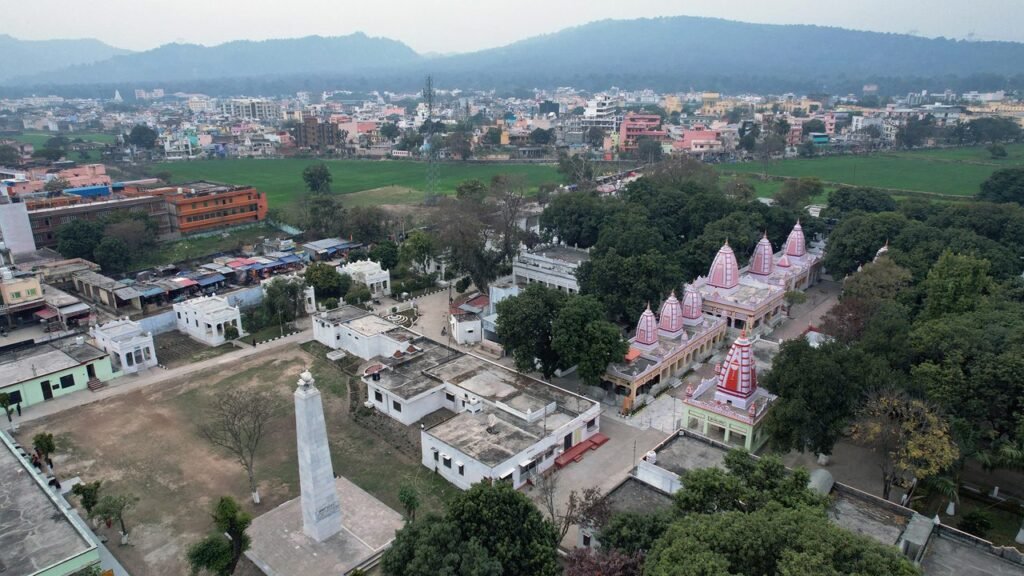
Temple Timings
